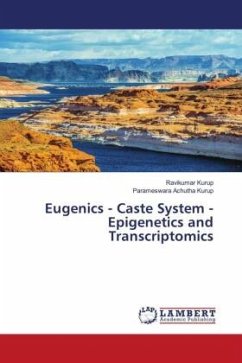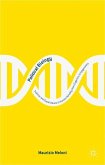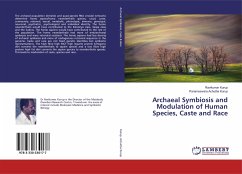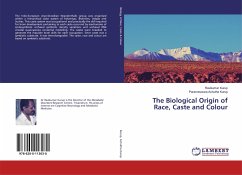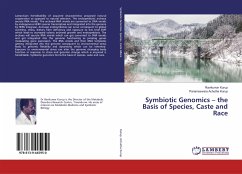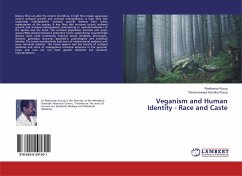Symbiosis by microorganisms especially archaea drives the evolution of the species. Endosymbiosis by archaea as well as archaeal symbionts in the gut can modulate the genotype, the phenotype, the social class and the racial group of the individual. The symbiotic archaea can have horizontal and vertical transmission. Endosymbiotic archaeal growth leads to neanderthalisation of the species. The inhibition of the endosymbiotic archaeal growth leads to evolution of the Homo sapiens. This includes the Africans, Aryan invaders of North India and the Aryan derived European population. The Neanderthal gut flora and endosymbiotic archaea was determined by the non-vegetarian high fat high protein diet consumed by them in the Eurasian steppes. The Homo sapiens including the classical Aryan tribes and African ate a high fibre diet and had lower archaeal growth both endosymbiotic and gut. The dietary fibre intake determines the microbial diversity of the gut. The high fibre intake is associated with increased generation of butyric acid by the gut flora. Butyrate is a HDAC inhibitor and leads to increased generation and incorporation of HERV sequences.
Bitte wählen Sie Ihr Anliegen aus.
Rechnungen
Retourenschein anfordern
Bestellstatus
Storno

